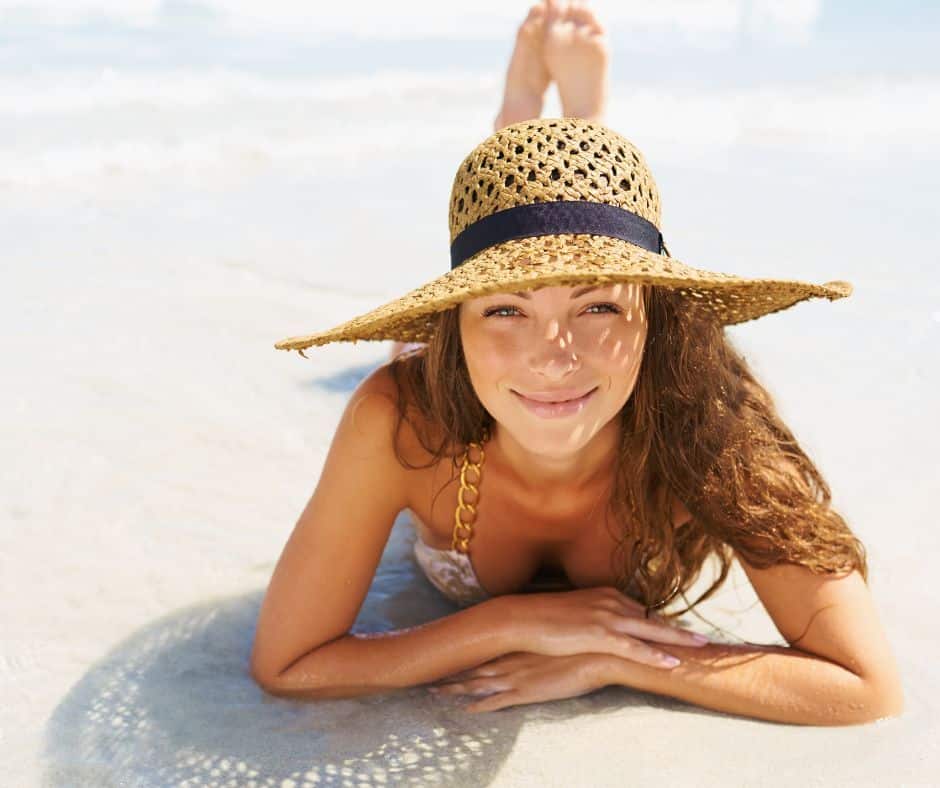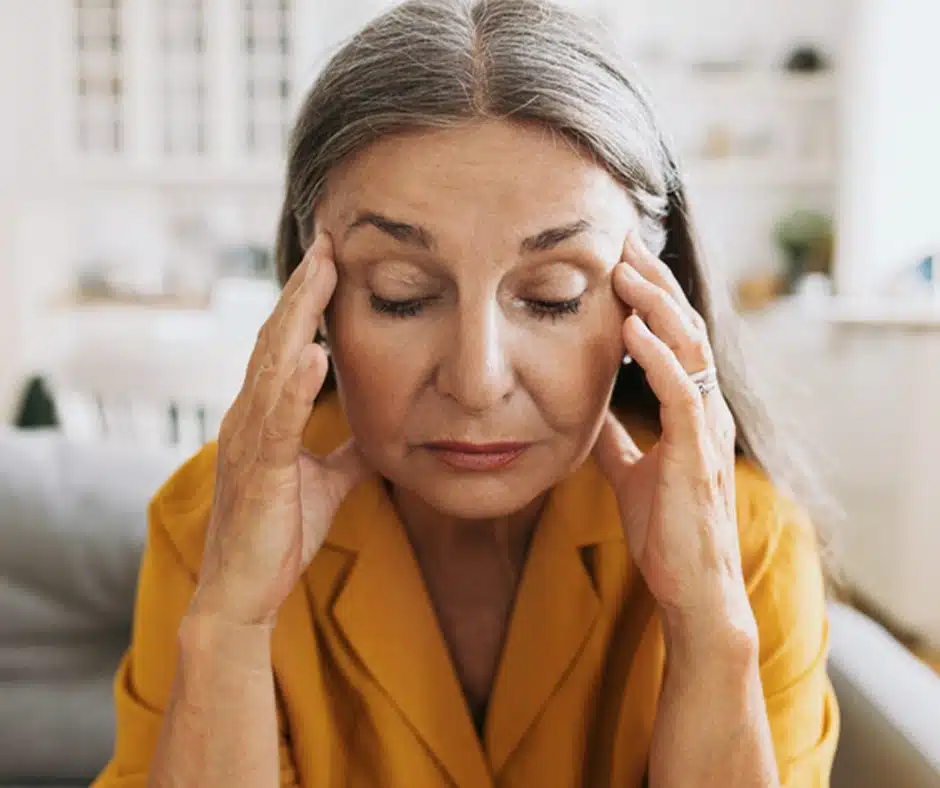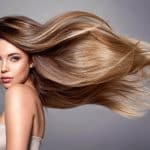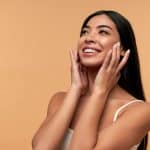

This article was first published in May 2023 and has been revised to focus on new information about sun protection in 2024.
If you follow me on Instagram, you know that I talk about sun protection a lot. You also know that my favorite chemical sunscreen – and the one I recommend to almost everyone – is not available in the US. In fact, finding what I (and other dermatologists) consider the highest quality chemical sunscreens in the US is very difficult, because it’s not manufactured here.
This is not the fault of the manufacturers. In the US, sunscreen ingredients are classified as drugs and therefore must be approved by the FDA.
Until the FDA approves better ingredients, I have two workarounds that I’ll cover below. First, let’s talk about what is available in the US and why it’s not enough, in my opinion, for great sun protection.
Quality sunscreen is truly broad spectrum
Quality sunscreen must have broad-spectrum coverage for two types of wavelengths: Ultraviolet A (UVA) and Ultraviolet B (UVB). A bonus is protection from visible light. All three contribute to sun damage.
UVA is known as the tanning rays, UVB as the sun burning rays, and visible light is just that – light you can see, both from the sun and computer screens. It contributes significantly to pigmentation on the skin.
In the US, all available UVB ingredients are approved for sunscreens. When you apply standard US sunscreens correctly, you will not burn.
UVA rays penetrate deeper and contribute more in the long run to skin aging and to the formation of pre-cancers and skin cancers. The only approved chemical sunscreen ingredient against UVA in the US is avobenzone. However, it’s not great at covering the full spectrum of UVA light and it’s not very stable on its own. The sun makes it even more unstable! To counteract this, several additional ingredients are added to sunscreen to help with stability.
All chemical sunscreens in the US that are labeled as broad-spectrum contain avobenzone. However, even when patients use them reliably, they get tan because of the lack of protection from the full gamut of UVA wavelengths. For patients with melasma, this is a very important factor.
In Europe and Asia, the more complete UVA-blocking ingredients are approved and widely available. My favorite sunscreen is Anthelios UVMune 400 from LaRoche Posay (from Europe) because it contains the highest number of UVA protection ingredients that I know of. (The version available at your local CVS has similar packaging but it is not the same formula, as it is manufactured in the US.)
A UVA work-around
In the US, we have wonderful mineral sunblocks that use zinc oxide and titanium dioxide to both absorb UV light and reflect the UV light off the skin. These ingredients are pretty good at shielding against some of the wavelengths of UVA. Because the formulations vary so much, it’s best to sample several to find one that is not too thick, too white, or too sticky – all shortcomings of mineral sunscreens.
Use a product with the highest percentage of zinc oxide you can find that is cosmetically acceptable. For average daytime use – running errands, shopping at the farmer’s market – use a formulation with more than 10% zinc oxide. If you’re going to be in direct sunlight for long periods of time – at the beach, on a boat – use at least 20% zinc oxide.
Did you know?
The FDA banned the term sunblock in 2011. Mineral sunblocks work by absorbing light and reflecting some light in the same way that chemical sunscreens do. It’s a myth that mineral sunscreens act as an actual physical barrier to sunlight, but somehow this myth continues to be promulgated in the press and by dermatologists.
What about protection from visible light?
I’m glad you asked.
Visible light plays a substantial role in the development of melasma. Women who have been pregnant or have been on birth control pills are especially prone to it.
Until recently, the only real protection we had for visible light was the mineral iron oxide, which is added to makeup and tinted sunscreen (either chemical or physical). For patients who suffer from unwanted pigmentation on the face, such as melasma, I recommend using tinted products to help combat this issue. There are some lovely tinted mineral sunscreens and some great tinted chemical sunscreens from Europe as well.
In 2023, two new chemical ingredients were approved in Europe: BDBP and TriAsorB. Both cover the visible light spectrum, are un-tinted, and are available in certain products in Europe, such as Avene Intense Protect 50+.
Sun-protective clothing
Even with the best of intentions, it’s easy to forget about reapplying sun protection. Or because reapplying it can be a pain in the neck, you simply don’t.
For this reason, I highly recommend wearing sun-protective clothing with a UPF of 50. There are so many great brands out there. I love CooliBar, Peter Millar, BloqUV, Line in the Sand, Daise Clothing, Ibkul Clothing, Land’s End, and Watskin, but there are so many others.
My advice for maximizing sun protection
If you go to Europe, Asia, Mexico, or South America, buy sunscreen (and bring some back as gifts for your friends!). There are so many brands that offer excellent protection against UVA, UVB, and visible light.
But until you get your hands on better sunscreen, double-layer. Apply a tinted mineral sunscreen over your chemical sunscreen.
And remember: the best sunscreen is the one you will use consistently and frequently. ANY sunscreen is better than NO sunscreen at all! It’s not enough to simply put on sunscreen first thing in the morning; you need to reapply it every couple of hours when you’re outdoors.
To stay in the loop on sunscreen news, follow me on Instagram. As I mentioned above, I frequently post about sun protection (in this post, you’ll see a full lineup of sunscreen from Europe, Korea, and Australia that I bring with me on vacation).
Contact our office if you would like info on purchasing sunscreens from Europe or Asia.
Posted In: Skin Care
Related Posts

January 2, 2026
Why DNA Repair Enzymes Matter for Healthy, Beautiful Skin
Every day, your skin works hard to protect you from the world — sunlight, pollution, and environmental stress can all ...

November 27, 2025
Does Sunscreen Prevent Tanning? The Truth About UVA Rays
I often meet patients who sit across from me in the exam room, proudly telling me they've been diligent about wearing su...

August 11, 2025
Menopause Skin Changes: What You Can Do About It
As your hormones shift during perimenopause and menopause, your skin often tells the story before anything else. That gl...


